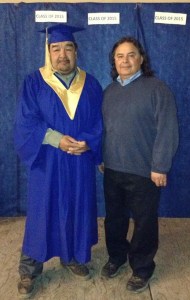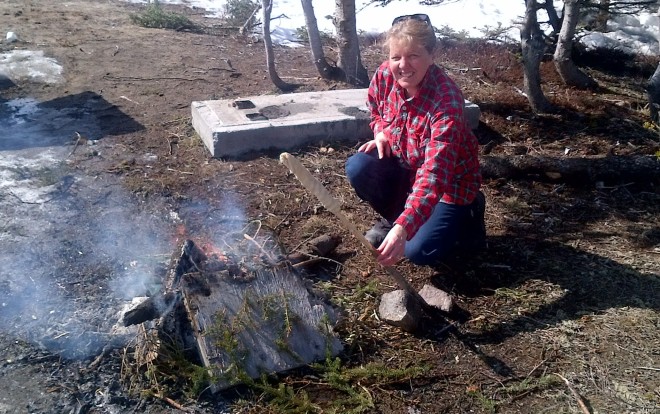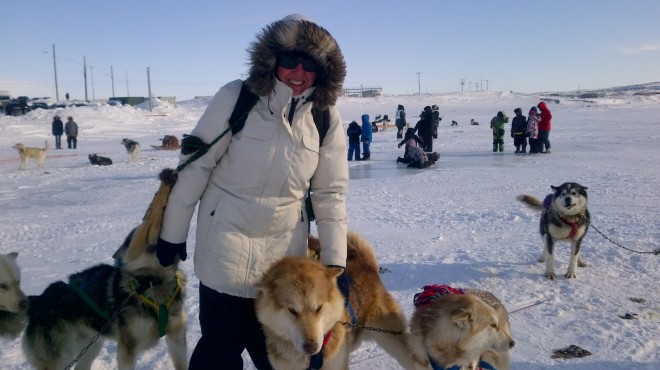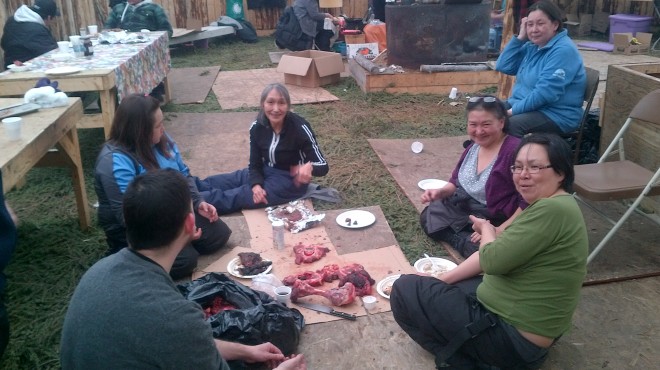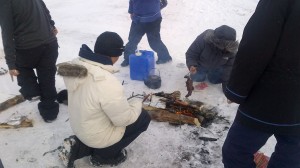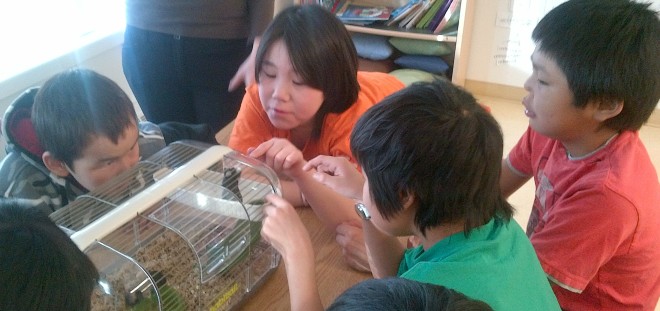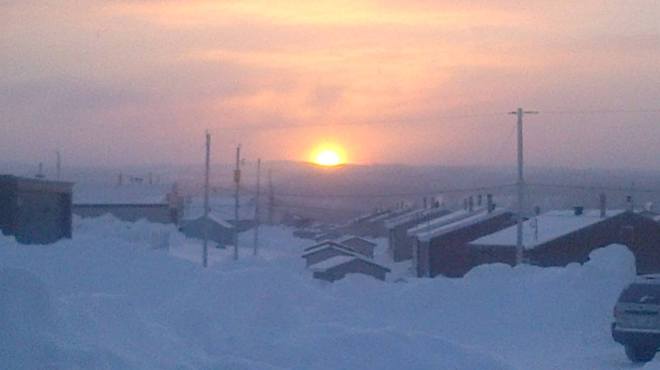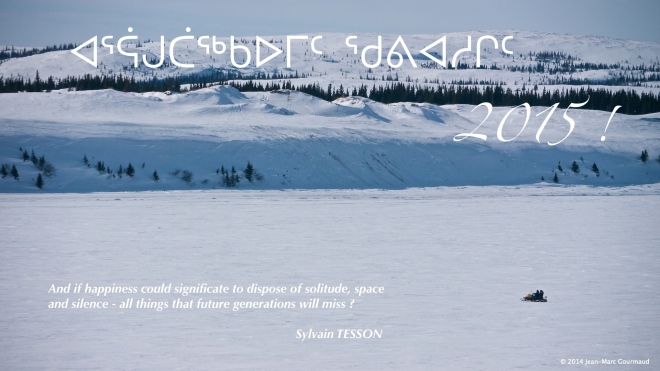It’s been a while since I’ve visited my blog, but there is a reason.
In a couple of days, we’ll be pointing our Toyota straight north for a 15 hour drive to Waskaganish (a.k.a. Fort Rupert), a Cree community at the tip of James Bay, where Andy has a contract to teach Northern Building Maintenance.
In the flurry of planning, supply shopping, packing, wrapping and winterizing our home, memories and images hovered ever so momentarily, and then dissipated as I reached for another mug to wrap, but a new one would appear as I reached for the next item. I found the box of Christmas cookie ornaments decorated at one of our get-togethers in our last community. Bits and bytes of memory-bank movies also played while driving into town for that one more item we missed on our list. “Remember that time when …”
We enjoyed the intense, and often unlikely friendships, that only happen in isolated communities, the invitations to hunts, feasts and lunches at camp in the only place in Canada where Cree and Inuit coexist, cooking bannock on a fire at the edge of the Hudson Bay, visiting the magical mystical Manitok islands.
We loved the land, the barrenness, the openness, the frigid westerly winds, even the precarious whiteouts. Just out of town, we could stand on windswept knoll to see nothing but monochrome rock, sea and sky and turning around and around until they all become one.
Also the astonishing richness the land brings: frost-kissed cranberries falling into our open hands, dark blueberries, steaming, smoky tea made from Labrador tea leaves.
Now the evenings are cooler and I have taken to watching the Canada geese fly in from the fields to the nearby river to shelter for the night. I’d wrap a blanket around myself and watch as they form letters in the sky, and can almost hear them splash-crashing into the water. It is the sound of the north I hear.
Some nights when it is cool and the sky is clear, I look up at the stars piercing absolute blackness and look for the wavering ribbons of the northern lights, but we are too far south.
Again tonight, I stand outside listening to the geese come in. The patio door slides open.
“What are you doing?” my husband asks.
It’s getting colder and I hug my blanket tighter.
“Nothing,” I say. The door is still open. Andy is waiting for me to come in.
“What are you thinking about, out there?” he asks.
“Just everything, and absolutely nothing,” I shrug and smile, turning around to fold my blanket on our last evening here.
“But absolutely everything,” I say to myself.

